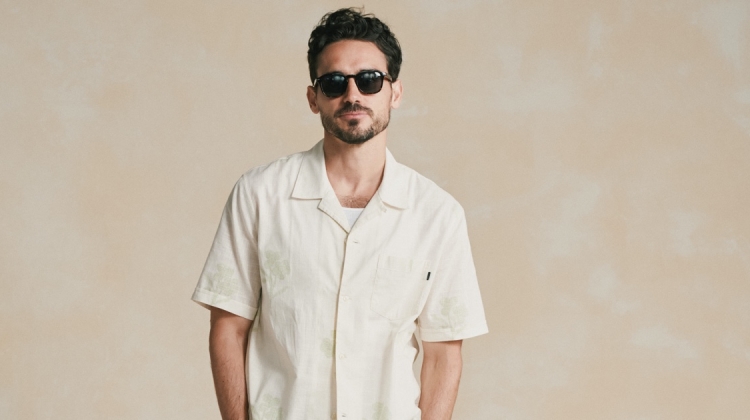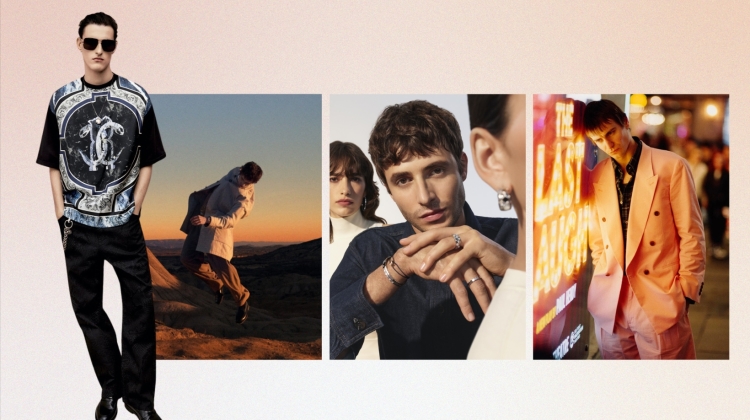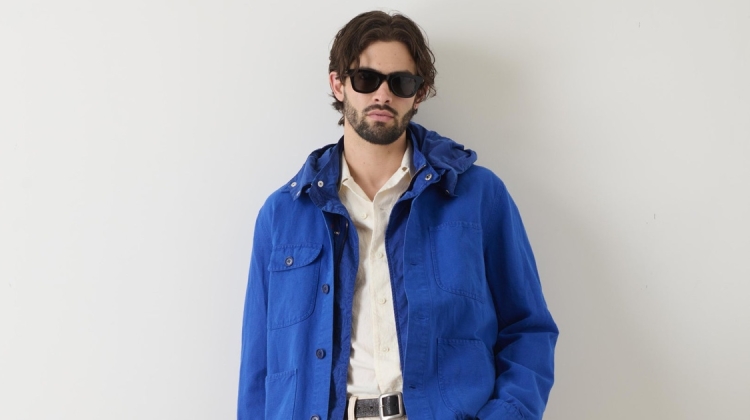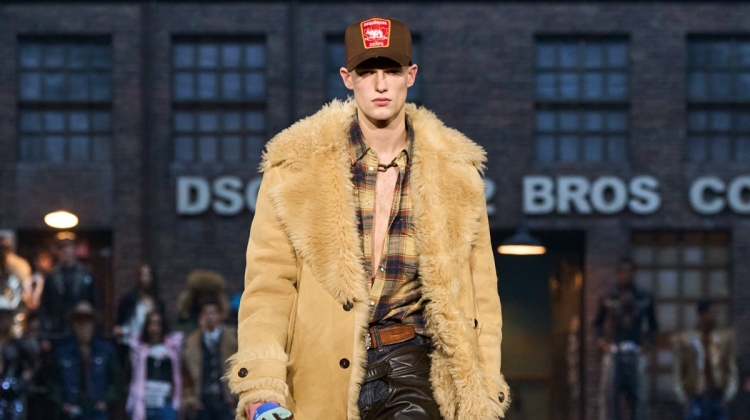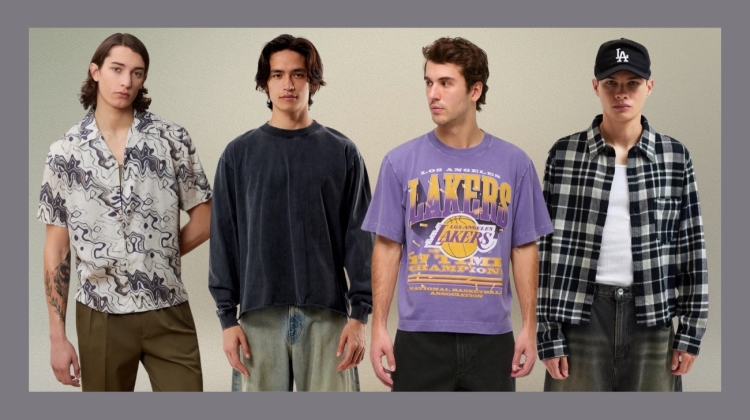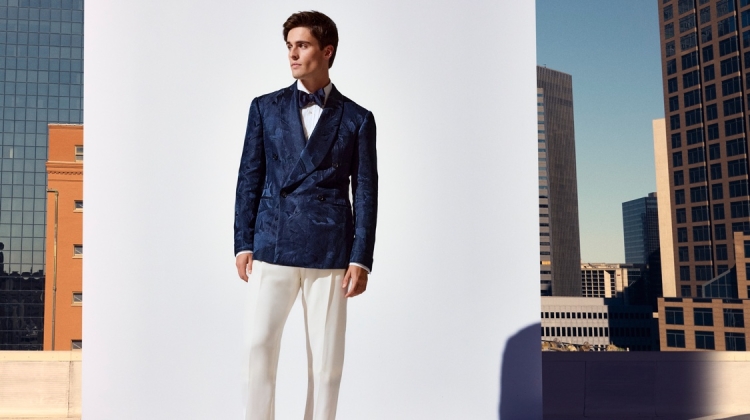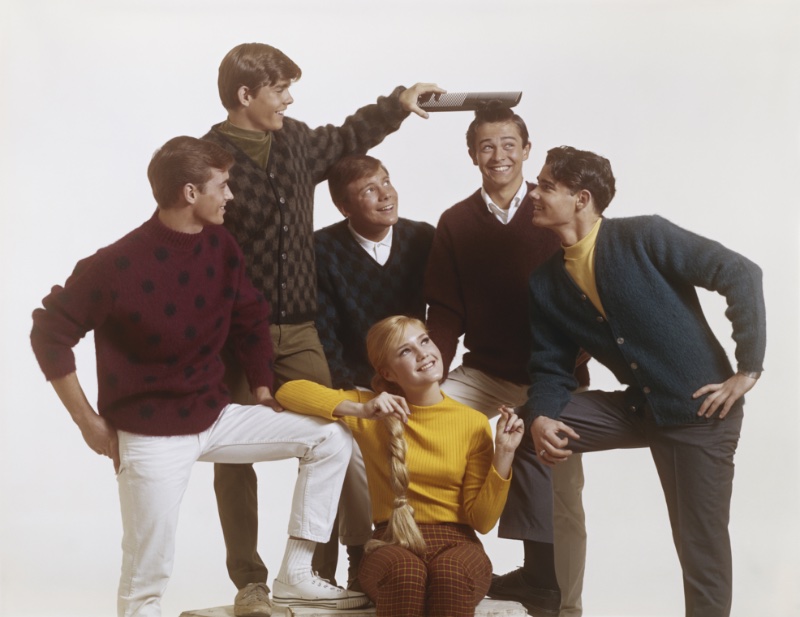
1960s men’s fashion marked a period of significant transformation in male style. Deeply influenced by cultural shifts, 60s fashion began as an extension of late 1950s styles and dramatically transitioned into a distinct aesthetic by the decade’s end.
The change from the polished suits reflected in the contemporary Mad Men series to the bright colors and bold patterns of counterculture encapsulates the radical evolution that occurred in men’s fashion during this period.
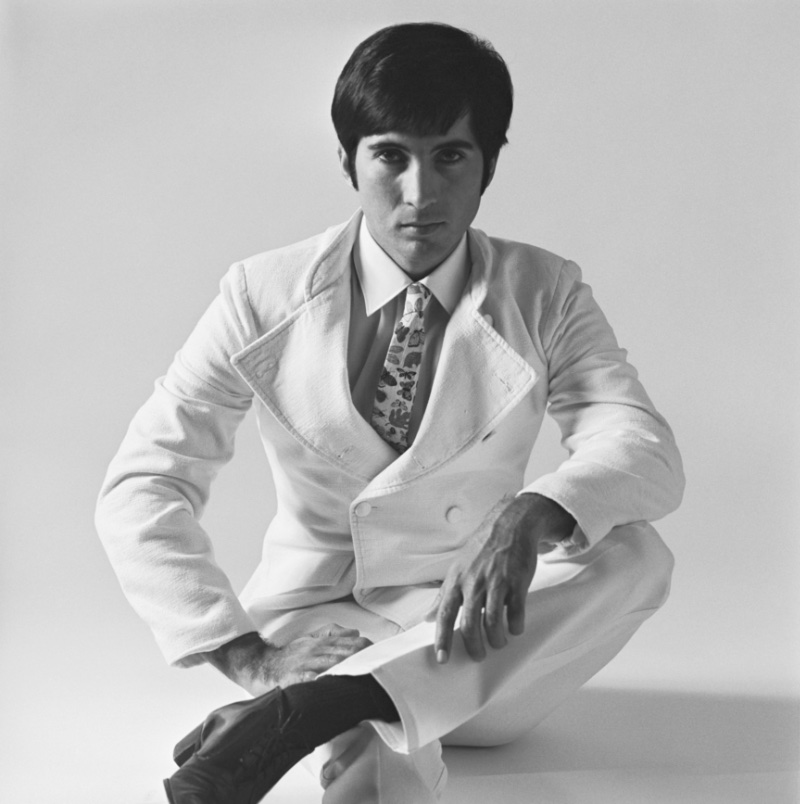
The changes in men’s fashion weren’t merely aesthetic but deeply entrenched in the shifting social and cultural landscape. The United States and the United Kingdom significantly influenced popular male clothes in the 1960s, with younger generations, particularly young men, driving innovative styles that challenged traditional norms.
This youthful influence was instrumental in introducing an era defined by vibrant colors, bold patterns, and novel styles that would indelibly impact the trajectory of men’s fashion. The 1960s, a fashion decade that poignantly reflects societal paradigm shifts through the lens of fashion, resonates with us today.
It was a time of dramatic transformations in men’s fashion, spurred by various socio-political and cultural changes. These changes created diverse styles—from Ivy League to vibrant Bohemian looks.
These styles were more than just clothing; they were powerful reflections of the era.
Early to Mid-1960s Men’s Fashion
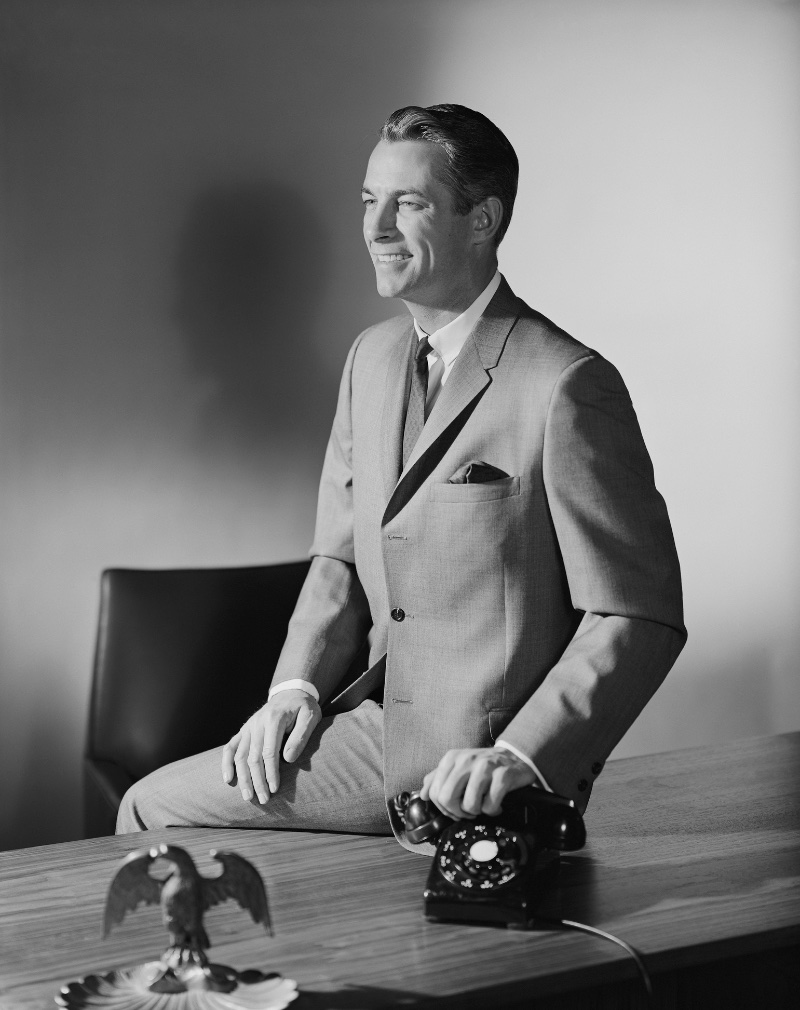
What did men wear in the 60s? Stepping into the early 1960s, a time often described as the Mad Men era, a shift toward sartorial elegance marked men’s fashion. The slim-fitting suit, crafted from the era’s dominant fabric, grey flannel, was the cornerstone of this style.
This was typically paired with a crisp white dress shirt or a classic Oxford shirt. Skinny ties and narrow lapels further refined the look, reflecting the contemporary, minimalist approach to fashion.
Footwear also played a key role during this period, with penny loafers and chukka boots becoming widely popular. However, this was just one facet of men’s fashion in the 60s.
The era also witnessed the emergence of diverse 1960s fashion trends, each with its cultural influences and statement-making aesthetics. From the rebellious Beatnik style to the preppy Ivy League look, the vibrant Mod style of London, and the laid-back Surfer style from the coasts of California, 60s men’s fashion was a time of sartorial innovation and variety.
The Intellectual Rebellion: Beatnik Style
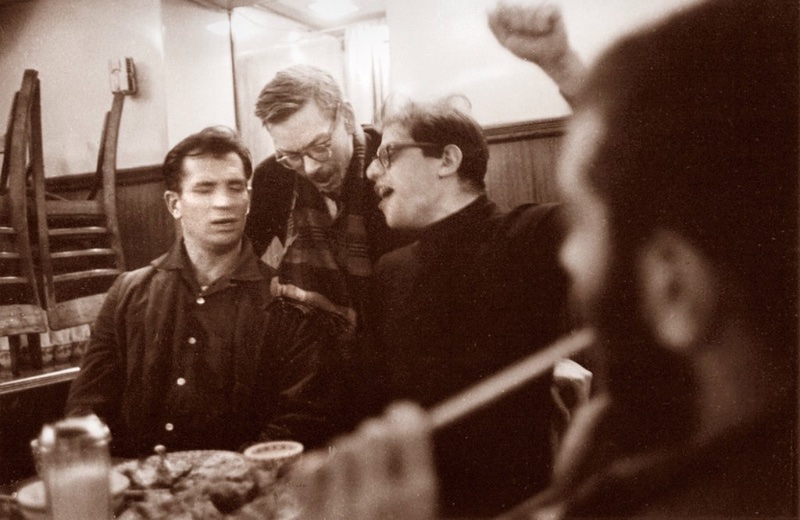
While still influenced by the late 1950s, the early 1960s bore the signature of the Beatnik style. This trend was inspired by the Beat Generation, post-WWII American writers known for their anti-materialistic and somewhat cynical outlook.
The Beatnik style was not merely a fashion statement but a socio-political commentary that significantly influenced men’s fashion in the early 1960s. The typical Beatnik style included black turtleneck sweaters, berets, and dark sunglasses, symbolizing an enigmatic allure and a spirit of rebellion.
Slim trousers and pointed shoes completed the look, adding a touch of chic sophistication.
Traditional Charm: Ivy League Style
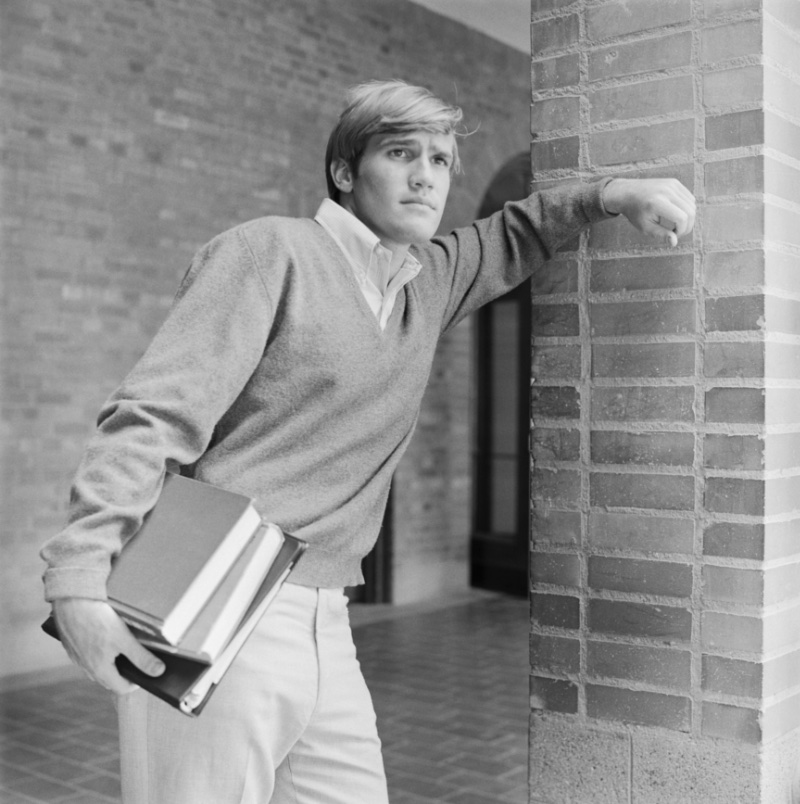
The Ivy League style, popularized in the early 1960s, was a hit among college students and young professionals. This trend endorsed a clean, conservative look inspired by the attire of Ivy League college students.
When asking “What did men wear in the 1960s?” the Ivy League aesthetic immediately comes to mind. The style included khaki pants, denim jeans, sports shirts, polo shirts, and button-down shirts. The Ivy League style pieces included the Harrington jacket, originally designed for golf, and the classic cable knit sweater.
These items became popular for casual wear, contributing to the rise of the preppy look.
The London Revolution: Mod Style
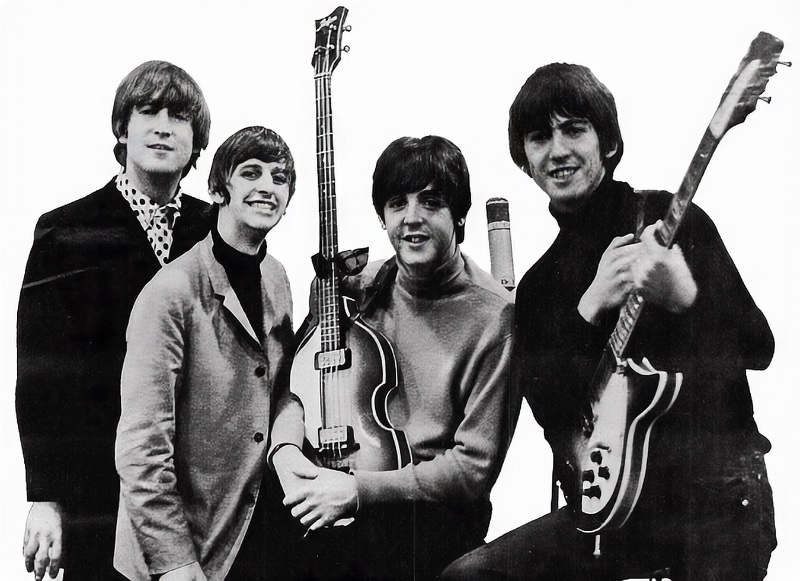
Contrasting the Ivy League aesthetic was the Mod style, born on London’s Carnaby Street. Popular from the early 1960s, this style featured slim-fitting, Italian-cut suits with narrow lapels, flat-front trousers, and Chelsea boots.
Bright, bold colors and psychedelic prints were key elements of the Mod style. Carnaby Street was a significant influencer of the Mod style, with boutiques like John Stephen’s “His Clothes” and Lord John’s popularizing this avant-garde look.
The Coastal Wave: Surfer Style
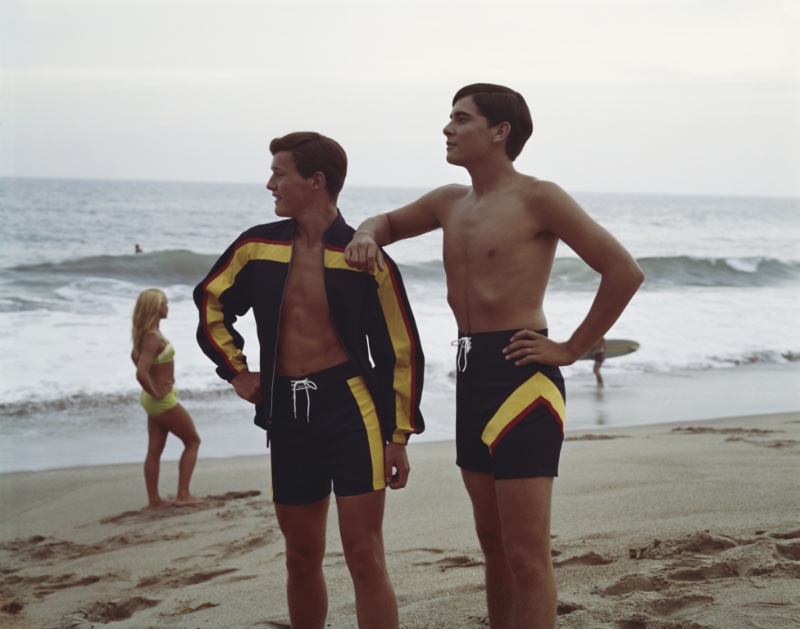
The surfer culture significantly influenced late 1960s menswear, especially in coastal regions like California. This style was relaxed and effortless, mirroring the laid-back coastal lifestyle.
The surfer style consisted of board shorts, graphic t-shirts, Hawaiian shirts, sandals, and Wayfarer sunglasses, encapsulating the carefree ethos of the beach life and surfer lifestyle.
Late 60s Fashion for Men
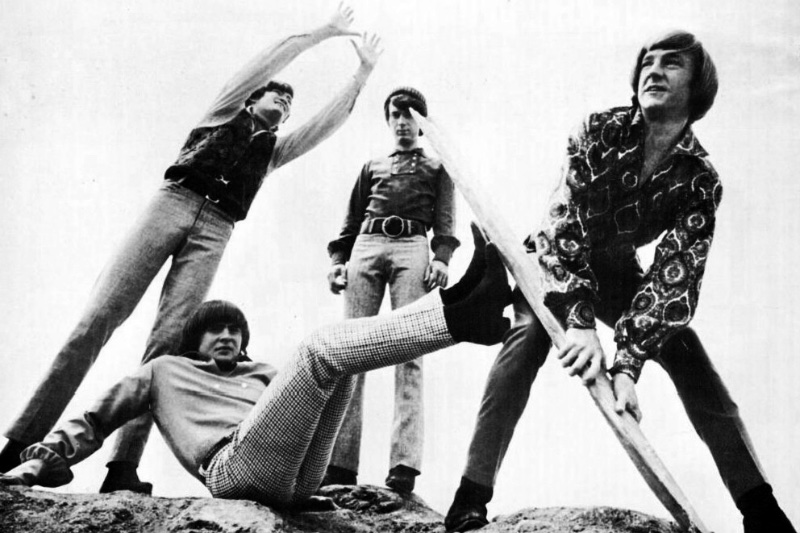
As the conservative style of the early ’60s gave way to a more eclectic and relaxed aesthetic, men began to embrace vibrant colors, flowing silhouettes, and non-conformist styles, embodying the spirit of the decade’s burgeoning counter-cultural movements.
From the Bohemian influence of the hippie ethos to the rugged appeal of the skinhead subculture, the late 60s saw a remarkable diversity of styles that intersected with music, pop culture, and global influences. This heralded a new era of self-expression in men’s fashion.
The Evolution from Prim to Bohemian
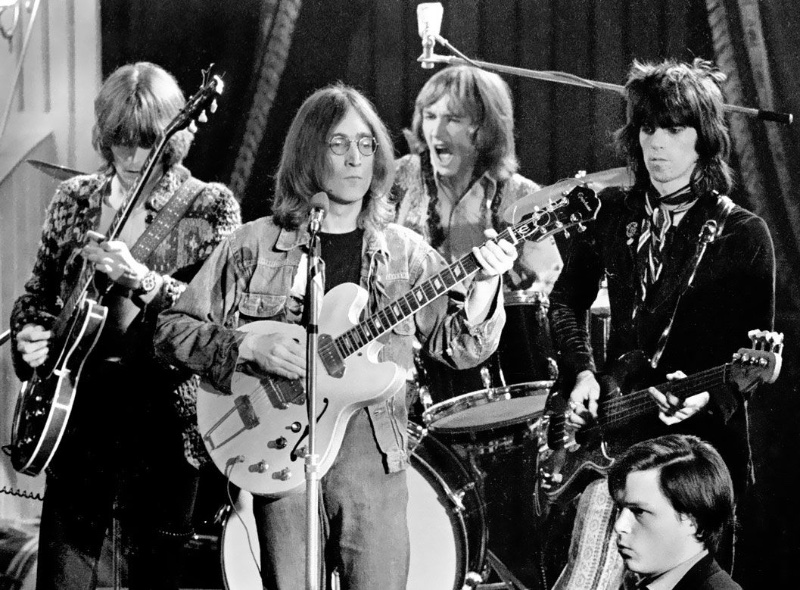
Men’s fashion in the 1960s marked a decade of dynamic change. Somber hues and structured silhouettes characterized the early years, but a more colorful, relaxed, and non-conformist aesthetic took hold as the decade progressed.
This shift was embodied in the Bohemian style, heavily influenced by the hippie movement. Men embraced flowing garments, vibrant colors, and ethnic prints, demonstrating a more global and open-minded perspective.
The movement’s preference for natural materials such as cotton and linen reflected its ethos of returning to nature and simplicity.
The Rugged Appeal of the Skinheads
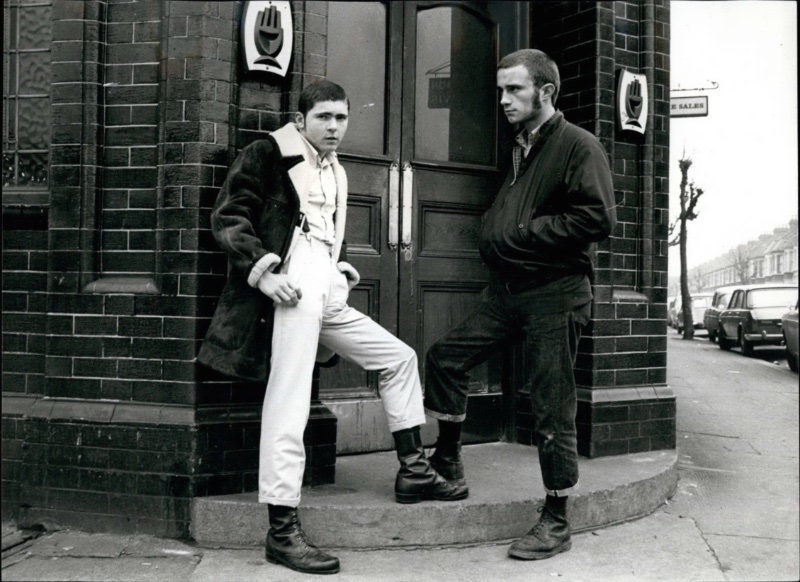
Contrasting the Bohemian style, late men’s 1960s fashion saw the rise of the skinhead aesthetic in the United Kingdom. This style, originating from the working-class subculture, was marked by close-cropped or shaved hair, button-down shirts, slim-fitting suits, suspenders, and sturdy boots.
Despite the subculture’s varying interpretations and associations with different political ideologies, its fashion style became notably visible, adding to the diversity of the fashion landscape.
The Melting Pot of Music, Popular Culture & Fashion
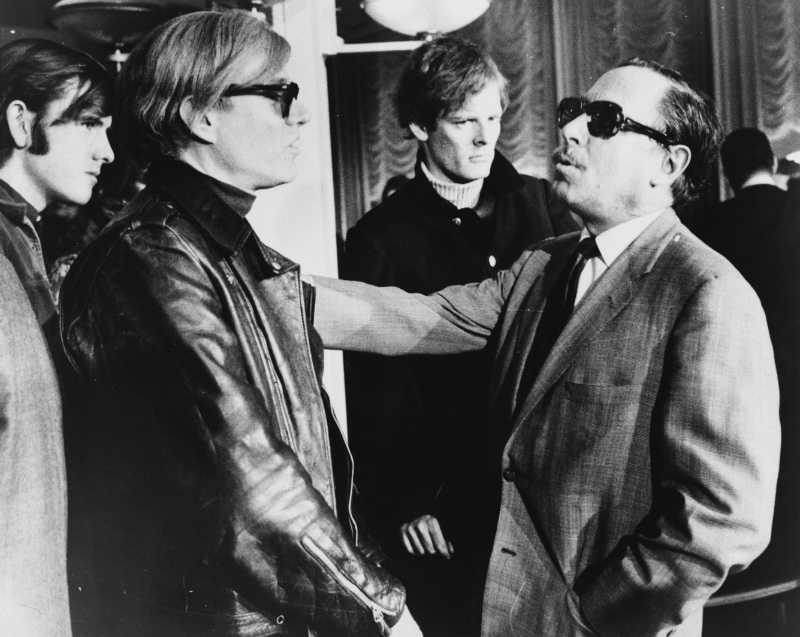
Music and popular culture played pivotal roles in shaping men’s fashion. Late 60s icons for males, such as Bob Dylan, Michael Caine, the Rolling Stones, and Jimi Hendrix’s flamboyant stage attire significantly influenced the trend.
1960s men’s fashion pictures of the Andy Warhol’s Factory scene and James Bond’s sharp look added to the mix, popularizing tailored suits. Casual clothing, pullover sweaters, long hair, and varying facial hairstyles, including shaved heads, became increasingly common, reflecting the rising popularity of the hippie style.
The Peacock Revolution & Global Influence
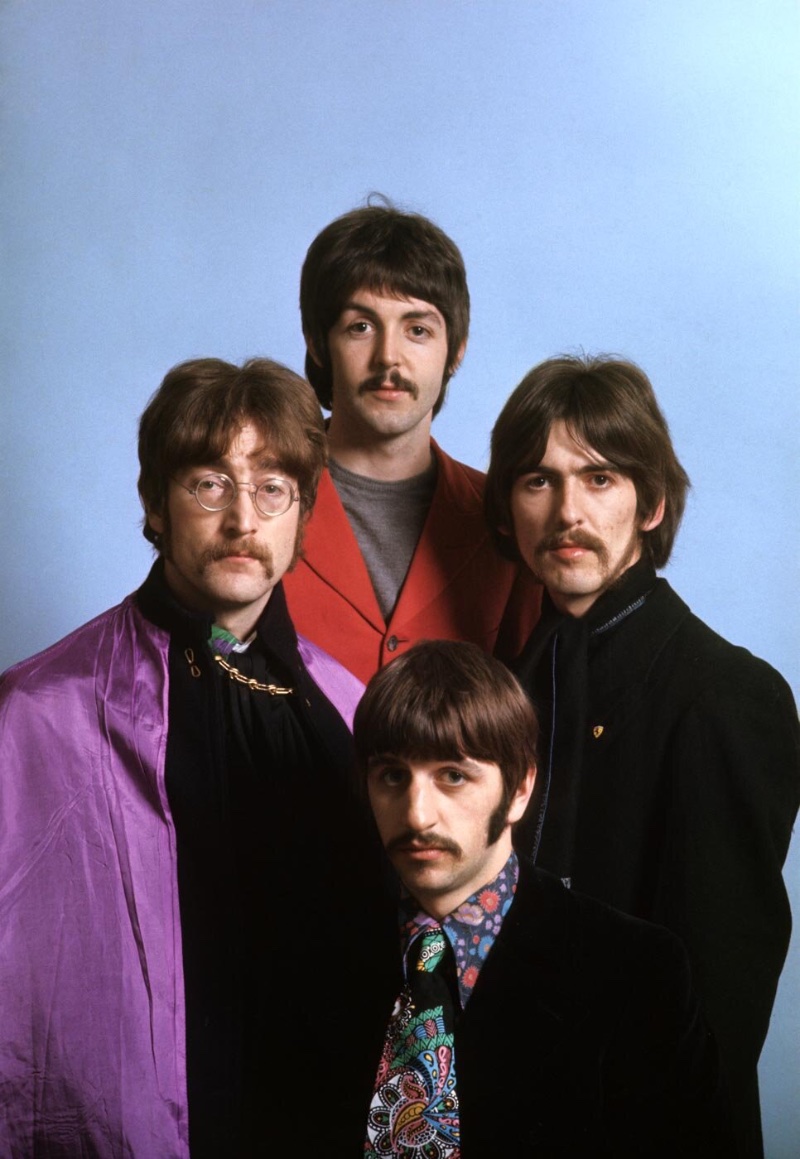
The Peacock Revolution, a term coined by John Fairchild, editor of Women’s Wear Daily, captured the spirit of the late 1960s fashion. Men’s attire became more flamboyant, featuring brighter colors, bold prints, and fabric-covered buttons.
The era also saw the advent of tie-dye shirts, psychedelic patterns, black shirts, and leather and white suits. The influence of South Asia and Africa became evident with the rise of narrow cuts and the well-dressed man concept.
The Nehru jacket, named after India’s first prime minister, gained popularity as formal wear, and garments like the kaftan and dashiki, originating in North and West Africa, entered the Western wardrobe.
Counterculture Movements & Casual Fashion
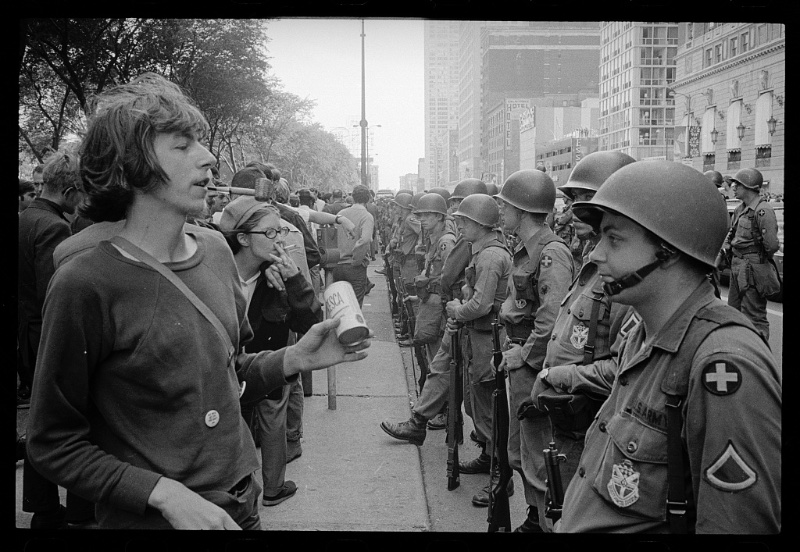
As counterculture movements like the Vietnam War protests and Civil Rights movements gained momentum, they significantly influenced men’s fashion. The hippie style became increasingly popular, emphasizing natural materials and casual clothing.
The late 1960s witnessed a departure from the formal styles of the previous decades. Everyday wear leaned towards pullover sweaters and T-shirts, symbolizing a shift towards a more relaxed and casual style.
The Legacy of 1960s Fashion
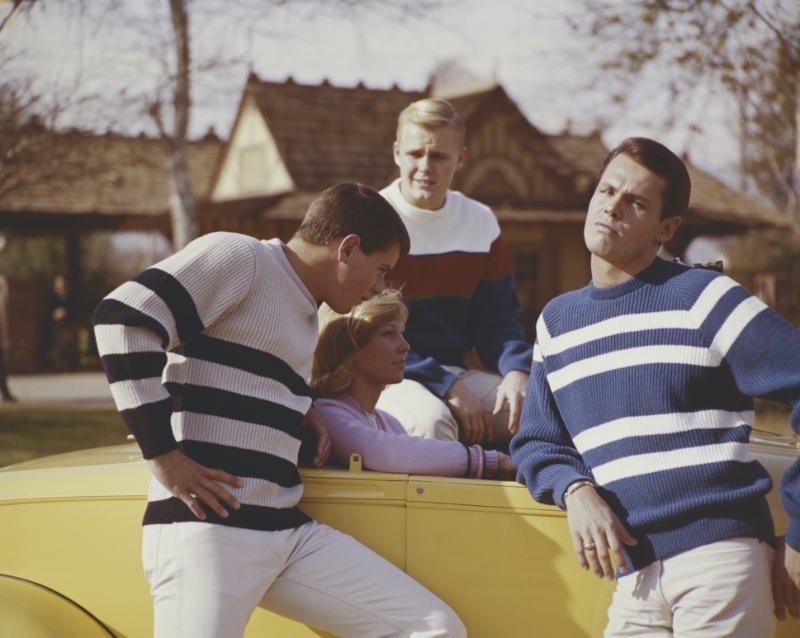
The 1960s was a critical turning point in men’s fashion, reflecting the time’s diverse social, political, and cultural narratives. The decade was marked by various styles—Beatnik, Ivy League, Mod, Surfer, Bohemian, and Skinhead, all influenced by popular culture.
As men began embracing brighter colors, bolder prints, and unconventional silhouettes, the late 1960s saw a departure from the strict sartorial norms of the past. This heralded a new era of self-expression and individualism, paving the way for the groovy seventies.
The Peacock Revolution and the influence of global cultures further emphasized this shift, contributing to the rich tapestry of styles that continue to inspire contemporary fashion. Through the lens of the 1960s, we can appreciate how fashion is more than a means of personal expression—it also powerfully reflects the zeitgeist of an era.
